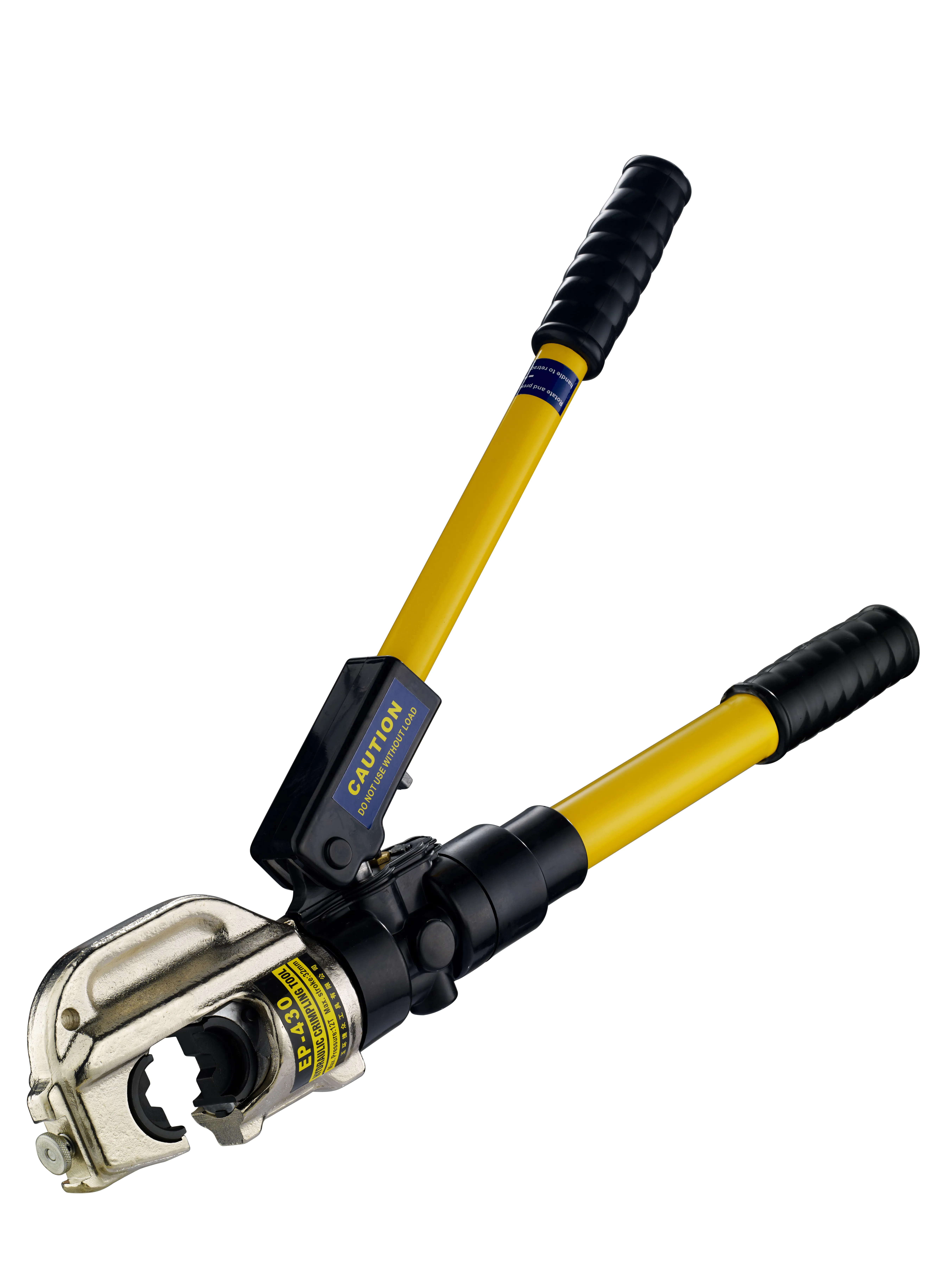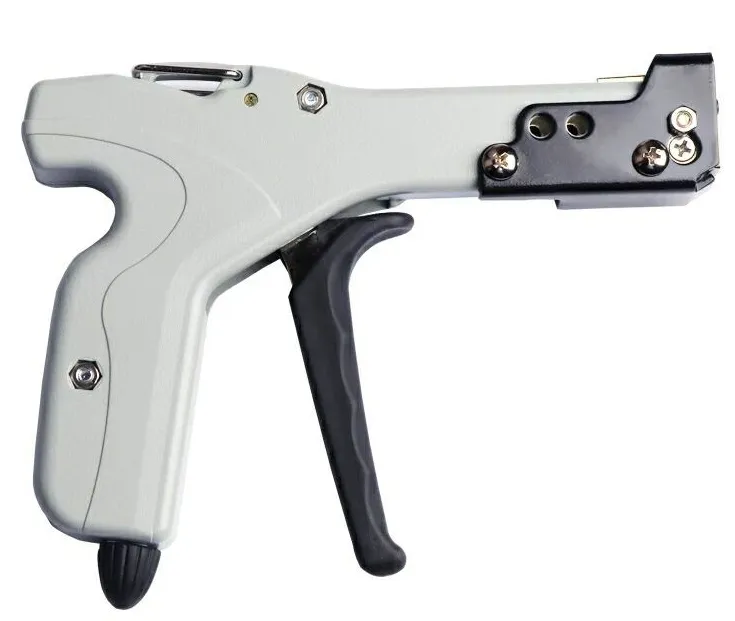
-
 Afrikaans
Afrikaans -
 Albanian
Albanian -
 Amharic
Amharic -
 Arabic
Arabic -
 Armenian
Armenian -
 Azerbaijani
Azerbaijani -
 Basque
Basque -
 Belarusian
Belarusian -
 Bengali
Bengali -
 Bosnian
Bosnian -
 Bulgarian
Bulgarian -
 Catalan
Catalan -
 Cebuano
Cebuano -
 Corsican
Corsican -
 Croatian
Croatian -
 Czech
Czech -
 Danish
Danish -
 Dutch
Dutch -
 English
English -
 Esperanto
Esperanto -
 Estonian
Estonian -
 Finnish
Finnish -
 French
French -
 Frisian
Frisian -
 Galician
Galician -
 Georgian
Georgian -
 German
German -
 Greek
Greek -
 Gujarati
Gujarati -
 Haitian Creole
Haitian Creole -
 hausa
hausa -
 hawaiian
hawaiian -
 Hebrew
Hebrew -
 Hindi
Hindi -
 Miao
Miao -
 Hungarian
Hungarian -
 Icelandic
Icelandic -
 igbo
igbo -
 Indonesian
Indonesian -
 irish
irish -
 Italian
Italian -
 Japanese
Japanese -
 Javanese
Javanese -
 Kannada
Kannada -
 kazakh
kazakh -
 Khmer
Khmer -
 Rwandese
Rwandese -
 Korean
Korean -
 Kurdish
Kurdish -
 Kyrgyz
Kyrgyz -
 Lao
Lao -
 Latin
Latin -
 Latvian
Latvian -
 Lithuanian
Lithuanian -
 Luxembourgish
Luxembourgish -
 Macedonian
Macedonian -
 Malgashi
Malgashi -
 Malay
Malay -
 Malayalam
Malayalam -
 Maltese
Maltese -
 Maori
Maori -
 Marathi
Marathi -
 Mongolian
Mongolian -
 Myanmar
Myanmar -
 Nepali
Nepali -
 Norwegian
Norwegian -
 Norwegian
Norwegian -
 Occitan
Occitan -
 Pashto
Pashto -
 Persian
Persian -
 Polish
Polish -
 Portuguese
Portuguese -
 Punjabi
Punjabi -
 Romanian
Romanian -
 Russian
Russian -
 Samoan
Samoan -
 Scottish Gaelic
Scottish Gaelic -
 Serbian
Serbian -
 Sesotho
Sesotho -
 Shona
Shona -
 Sindhi
Sindhi -
 Sinhala
Sinhala -
 Slovak
Slovak -
 Slovenian
Slovenian -
 Somali
Somali -
 Spanish
Spanish -
 Sundanese
Sundanese -
 Swahili
Swahili -
 Swedish
Swedish -
 Tagalog
Tagalog -
 Tajik
Tajik -
 Tamil
Tamil -
 Tatar
Tatar -
 Telugu
Telugu -
 Thai
Thai -
 Turkish
Turkish -
 Turkmen
Turkmen -
 Ukrainian
Ukrainian -
 Urdu
Urdu -
 Uighur
Uighur -
 Uzbek
Uzbek -
 Vietnamese
Vietnamese -
 Welsh
Welsh -
 Bantu
Bantu -
 Yiddish
Yiddish -
 Yoruba
Yoruba -
 Zulu
Zulu


TEL:
0086-311-88862036
Jan . 14, 2025 10:54 Back to list
fish tape
Exploring the world of tools in electrical and construction work, one might come across the intriguing device known as a fish tape. This versatile tool, essential for threading wiring through tight spaces, showcases a blend of simplicity and ingenuity that can only come from years of craftsmanship and innovation. For professionals and DIY enthusiasts alike, understanding and mastering the use of a fish tape can transform the efficiency and safety of any wiring project.
Experience plays a vital role in the effective use of a fish tape. Even the most straightforward tasks can become complex without a nuanced approach. Experienced professionals understand the importance of coiling and uncoiling the tape smoothly to prevent kinks and bends that may hinder its functionality. They recognize that the tactile feedback of the tape indicates whether it is moving smoothly or encountering resistance, which might suggest an obstruction or a sharp bend in the conduit. Additionally, lubricating the tape or the wire itself can facilitate easier threading in longer or more complex runs, demonstrating an advanced level of skill and awareness. Trustworthiness in the context of tool usage involves both the tool's reliability and the user’s proficiency. High-quality fish tapes from reputable manufacturers, such as Klein Tools or Greenlee, are trusted not only for their build quality but also for the consistent performance they deliver on-site. Furthermore, the trust extends to professional users who are adept at ensuring that the wiring work not only meets functional standards but also adheres to safety regulations, thereby avoiding potential hazards. In conclusion, the fish tape serves as a testament to the convolution of modern engineering and time-tested practices. Its role in simplifying the otherwise cumbersome task of wiring installation defines its indispensable position in the toolkit of several trade professionals. Mastering this tool involves selecting the appropriate material and design for the task, applying comprehensive field knowledge, and consistently maintaining a high standard of safety and efficiency. Those who leverage the full potential of a fish tape not only exhibit a high degree of professionalism but also contribute to advancing the industry's standards for reliability and safety.


Experience plays a vital role in the effective use of a fish tape. Even the most straightforward tasks can become complex without a nuanced approach. Experienced professionals understand the importance of coiling and uncoiling the tape smoothly to prevent kinks and bends that may hinder its functionality. They recognize that the tactile feedback of the tape indicates whether it is moving smoothly or encountering resistance, which might suggest an obstruction or a sharp bend in the conduit. Additionally, lubricating the tape or the wire itself can facilitate easier threading in longer or more complex runs, demonstrating an advanced level of skill and awareness. Trustworthiness in the context of tool usage involves both the tool's reliability and the user’s proficiency. High-quality fish tapes from reputable manufacturers, such as Klein Tools or Greenlee, are trusted not only for their build quality but also for the consistent performance they deliver on-site. Furthermore, the trust extends to professional users who are adept at ensuring that the wiring work not only meets functional standards but also adheres to safety regulations, thereby avoiding potential hazards. In conclusion, the fish tape serves as a testament to the convolution of modern engineering and time-tested practices. Its role in simplifying the otherwise cumbersome task of wiring installation defines its indispensable position in the toolkit of several trade professionals. Mastering this tool involves selecting the appropriate material and design for the task, applying comprehensive field knowledge, and consistently maintaining a high standard of safety and efficiency. Those who leverage the full potential of a fish tape not only exhibit a high degree of professionalism but also contribute to advancing the industry's standards for reliability and safety.
Next:
Latest news
What Are Construction Tools and How Are They Used?
NewsJul.11,2025
Professional-Grade Duct Rodding Tools for Superior Cable Installation
NewsJul.11,2025
Enhancing Safety and Efficiency with Modern Hot Stick Solutions
NewsJul.11,2025
Empowering Cable Installation with Advanced Rodder Solutions
NewsJul.11,2025
Elevate Your Cable Installation Projects with Cable Pulling Tools
NewsJul.11,2025
Efficient Cable Handling Solutions: Cable Rollers for Sale
NewsJul.11,2025
Copyright © 2025 Shijiazhuang Bilo Import and Export Trading Co., Ltd. All Rights Reserved. Sitemap | Privacy Policy

BlLo lmport & Éxport is specialized in power and cable equipment andconsiruction tools,Qur main producis are FRP
duct rodder, cable rollerscable pulling winch, cable drum jack, cable pulling sock, etc.
Copyright © 2025 Shijiazhuang Bilo Import and Export Trading Co., Ltd. All Rights Reserved. Sitemap | Privacy Policy










